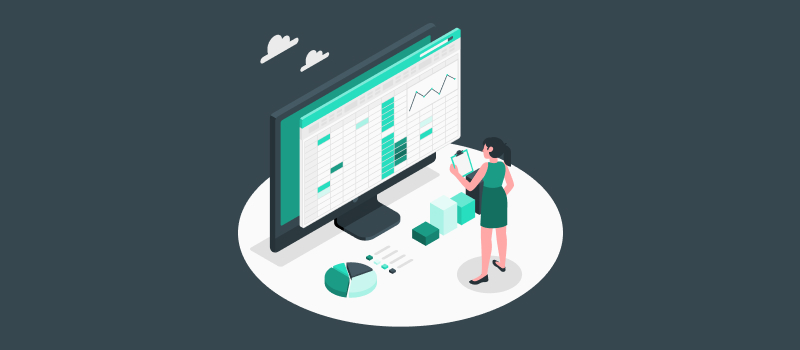How to Buy Reliable Estimating Software for Professionals

Purchasing reliable estimating software for professionals involves careful consideration of several key factors to ensure you select a tool that enhances productivity and accuracy. Estimating software is crucial for professionals in various industries, including construction, engineering, and project management, as it helps streamline the process of creating accurate cost estimates and project proposals. The right software can significantly improve efficiency, reduce errors, and ultimately contribute to the success of your projects and business. This guide will walk you through the essential steps to identify and purchase reliable estimating software for professionals that meets your professional needs.
-
Assess Your Specific Needs
Begin by thoroughly evaluating your specific estimating requirements. Consider the types of projects you typically work on, the level of detail required in your estimates, and any industry-specific features you might need. Think about the size of your business and the number of users who will need access to the software. Identify any pain points in your current estimating process that you’d like the software to address. Make a list of must-have features and nice-to-have features to help guide your search. This assessment will form the foundation of your software selection process.
-
Research Available Options
Once you’ve identified your needs, start researching the estimating software options available in the market. Look for software specifically designed for your industry or that can be customized to fit your requirements. Read professional reviews and user testimonials to get insights into the software’s performance and reliability. Visit software comparison websites to see side-by-side feature comparisons of different options. Pay attention to factors such as ease of use, integration capabilities with other tools you use, and the availability of regular updates and support. Make a shortlist of software options that seem to align well with your needs.
-
Check for Industry-Specific Features
Look for estimating software that offers features tailored to your specific industry. For construction professionals, this might include built-in cost databases, takeoff tools, and the ability to generate detailed reports. Engineering firms might need advanced calculation capabilities and integration with CAD software. Project managers across industries might require features for resource allocation and scheduling. Ensure the software you’re considering can handle the complexity and scale of your typical projects. Industry-specific features can significantly enhance the accuracy and efficiency of your estimating process.
-
Consider Scalability and Integration
Think about your long-term needs when selecting estimating software. Choose the solution that can grow with our business. Consider whether the software can handle an increasing number of users and more complex projects as your business expands. Look for options that offer different tiers or modules that you can add as needed. Additionally, evaluate how well the software integrates with other tools and systems you use, such as accounting software, project management platforms, or customer relationship management (CRM) systems. Good integration capabilities can help create a more seamless workflow across your entire business operation.
-
Evaluate Pricing and Licensing Models
Carefully consider the pricing and licensing models offered by different software providers. Some offer one-time purchase options, while others use subscription-based models. Evaluate the total cost of ownership, including any additional fees for updates, support, or extra features. For subscription models, check if there are discounts for annual payments or multi-user licenses. Consider whether the pricing is per user or per project, and how this aligns with your business structure. While it’s important to stay within budget, remember that investing in high-quality software can lead to significant time savings and improved accuracy, potentially offsetting the initial cost.
-
Test the Software Before Purchasing
Before making a final decision, take advantage of free trials or demos offered by software providers. This hands-on experience is invaluable in determining if the software meets your needs and is user-friendly. During the trial period, test the software with real project data to see how it performs in practice. Involve key team members in the testing process to get their feedback, as they’ll be using the software regularly. Pay attention to the learning curve and the quality of available training resources. A good estimating software should be intuitive to use but also offer comprehensive support and training options to help you maximize its potential.





